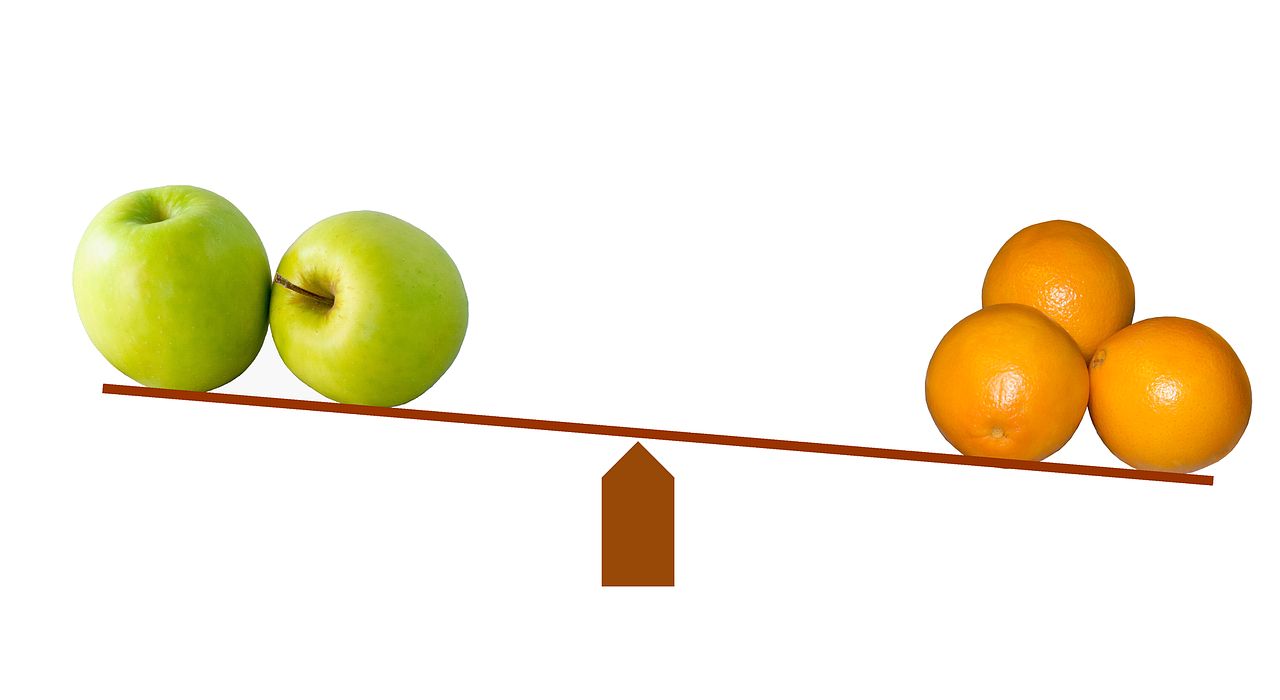
Typically, the first step in mounting an obviousness challenge is to determine the scope and content of the prior art. However, more than just an early publication date is required for a reference to qualify as prior art against a given claim – it must also be “analogous.”
Traditionally, two separate tests are used to define the scope of analogous prior art: (1) whether the art is from the same field of endeavor as the claimed invention, regardless of the problem addressed and, (2) if the reference is not from within the field of the inventor’s endeavor, whether the reference is reasonably pertinent to the particular problem with which the inventor is involved. Recently, in Donner Technology, LLC v. Pro Stage Gear, LLC, (decision) the Federal Circuit clarified test (2) – the “reasonably pertinent” test.
In Donner the issue was whether Mullen, directed to supported electrical relays, was analogous to the target patent, directed to a guitar effects pedalboard. While the PTAB held that Mullen was not analogous, the Federal Circuit disagreed.
In explaining its decision, the Federal Circuit clarified that the dividing line between reasonable pertinence and less-than-reasonable pertinence ultimately rests on the extent to which the reference of interest and the claimed invention relate to a similar problem or purpose. Thus, when addressing whether a reference is analogous art with respect to a claimed invention under a reasonable-pertinence theory, the problems to which both relate must be identified and compared. This identification and comparison, the court noted, must be from the perspective of one of ordinary skill in the art who is considering turning to art outside their field of endeavor, and the question that must be answered is whether this person “would reasonably have consulted” the reference in solving the relevant problem even if they did not understand each and every last detail of the reference.
In applying this framework to the PTAB’s decision the Federal Circuit found several points lacking, and vacated their decision while providing a helpful “roadmap” to follow when addressing the issue of analogous art.
Judges: Prost, Dyk, Hughes
by Richard Treanor
Richard (Rick) L. Treanor, Ph.D., is a founding partner of Element IP. Rick has more than three decades of experience in intellectual property in both the U.S. Patent and Trademark Office and private practice. Rick focuses his efforts on the creation, maintenance, and defense of IP rights in proceedings that take place inside the USPTO: patent prosecution, patent appeals, inter partes review, post-grant review, derivation proceedings, covered business method review, re-examination, interference, third party submissions, revival, foreign filing licenses, supplemental examination, etc.
